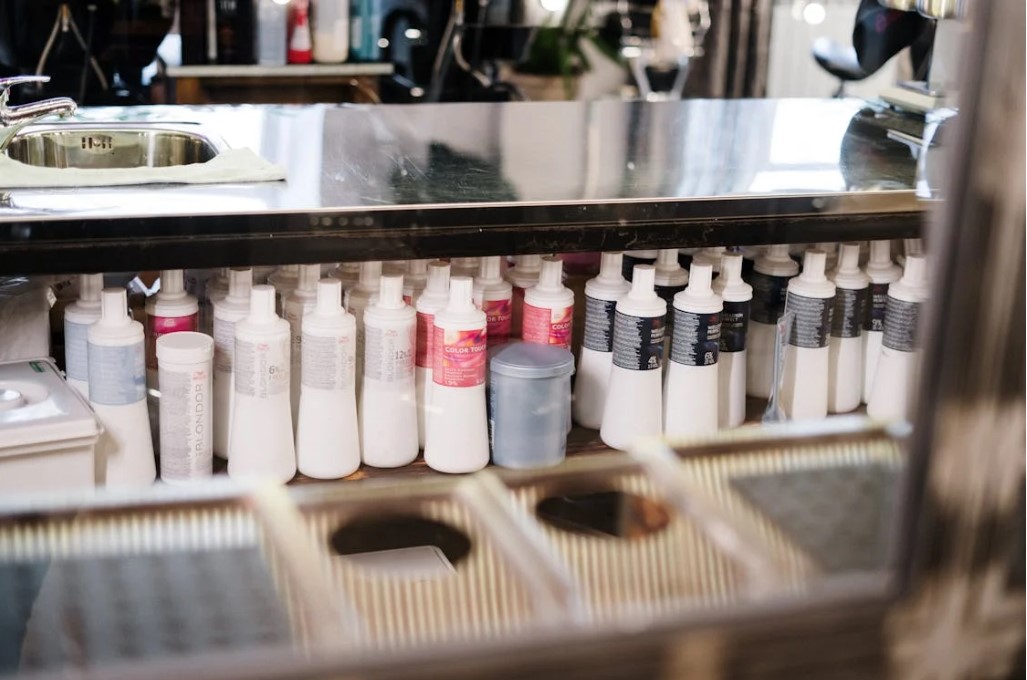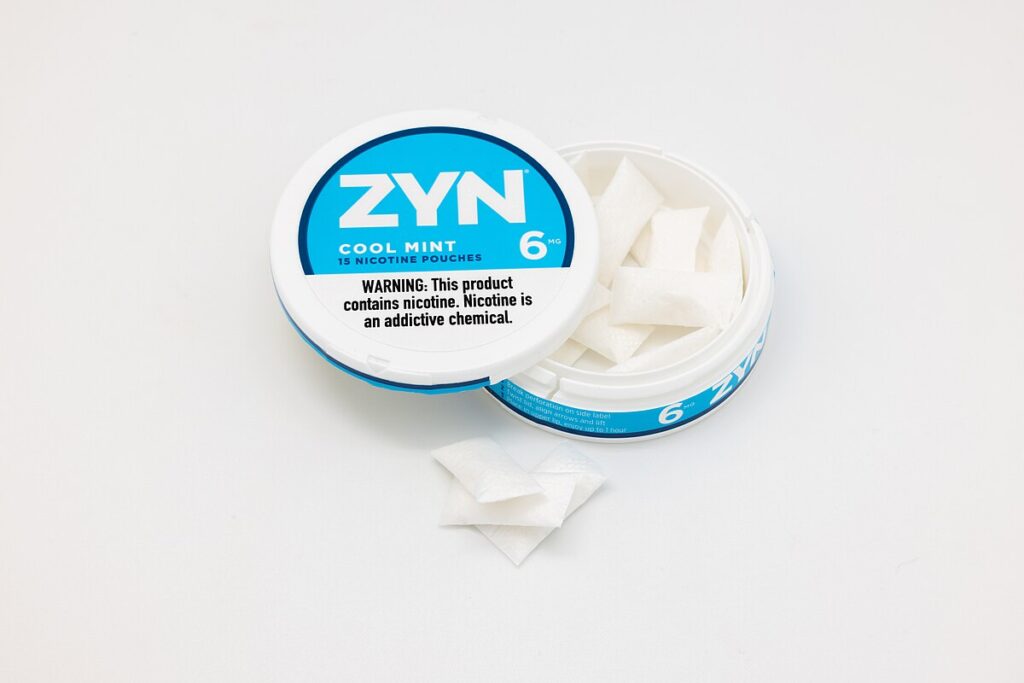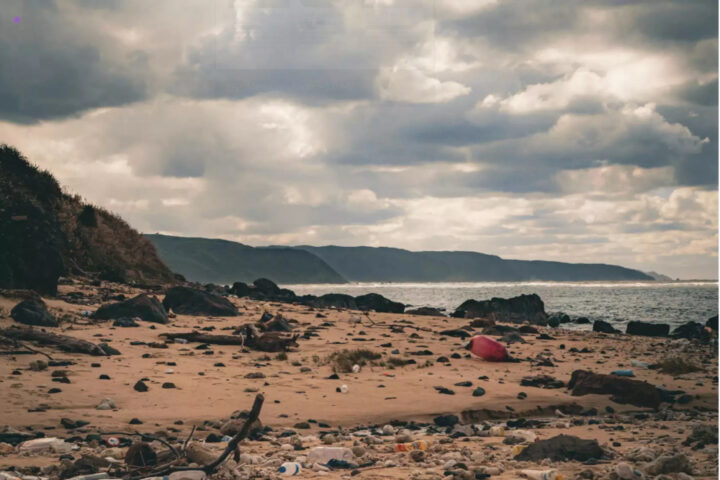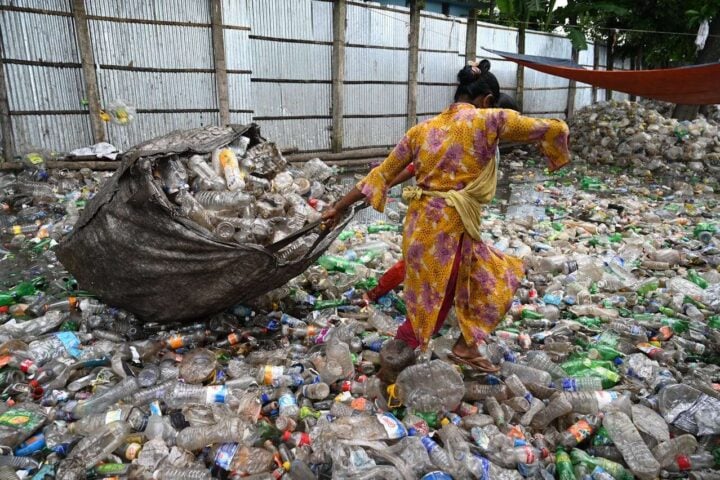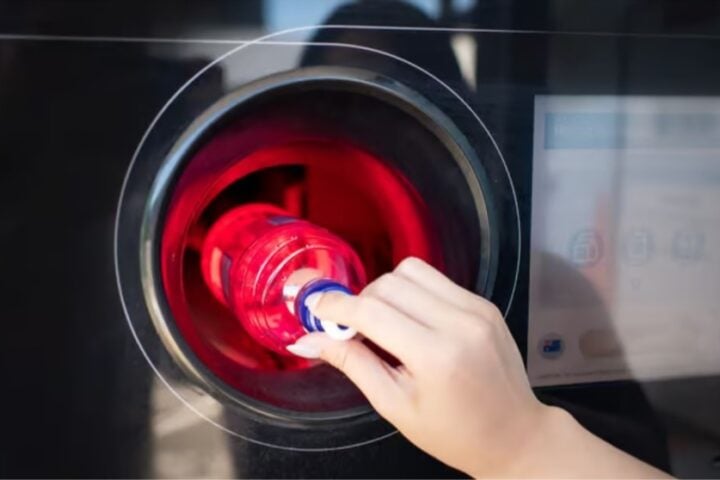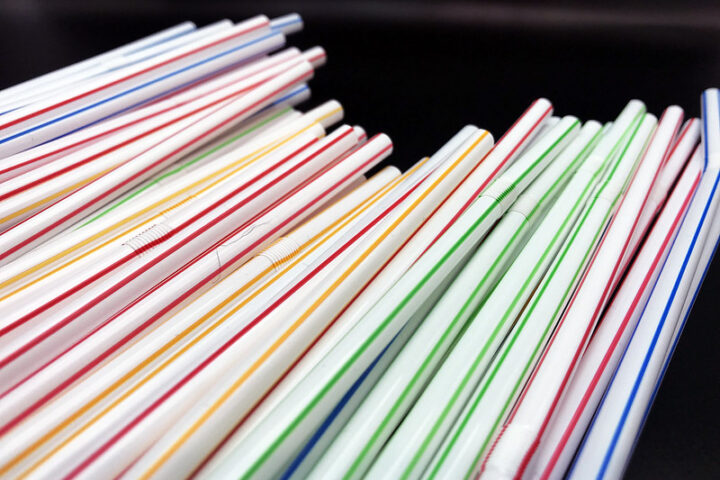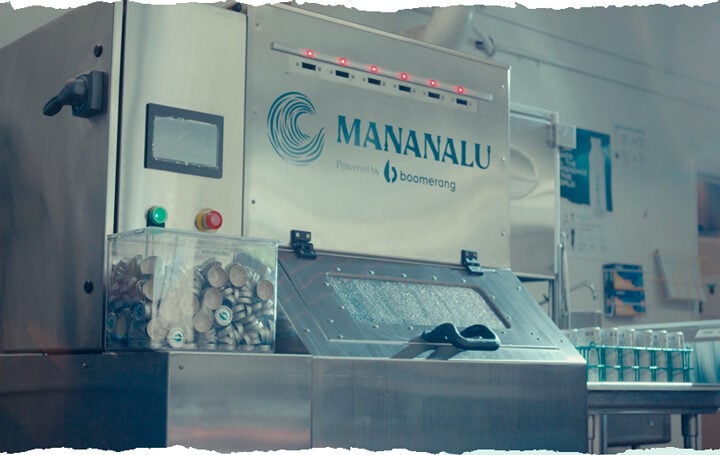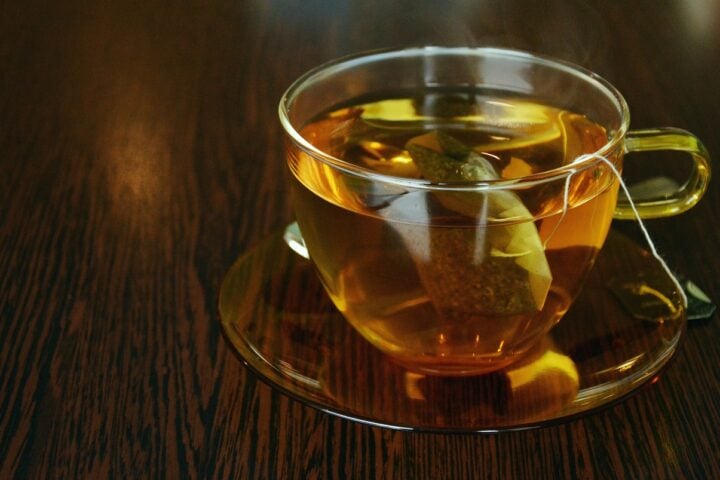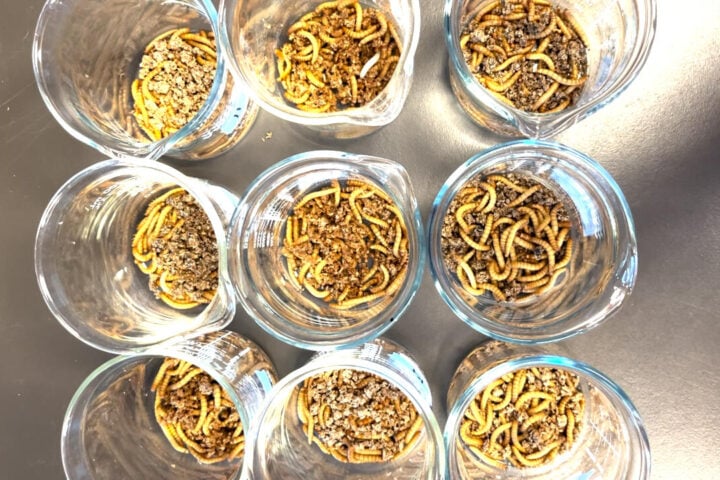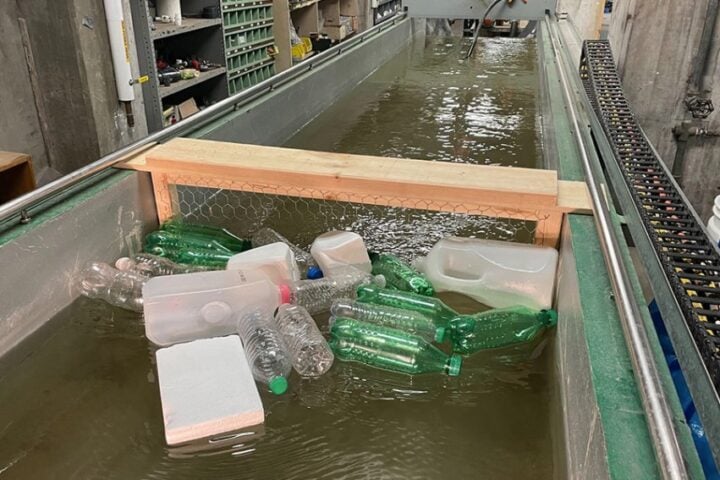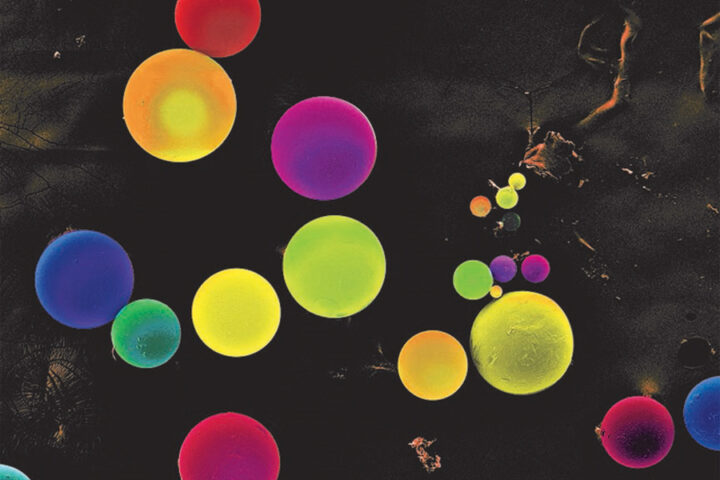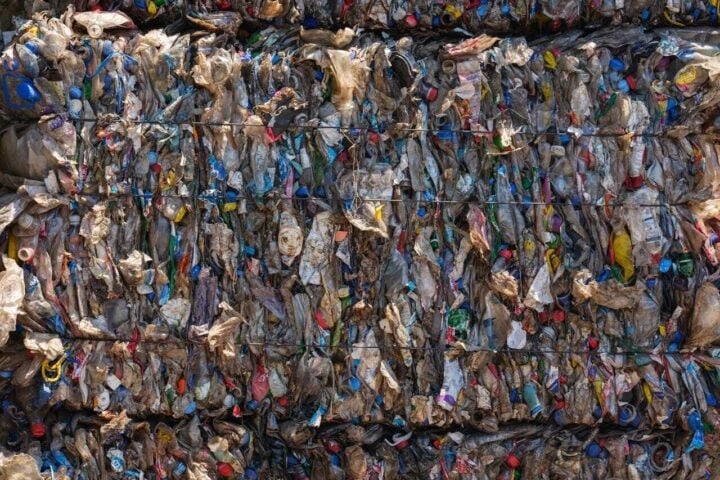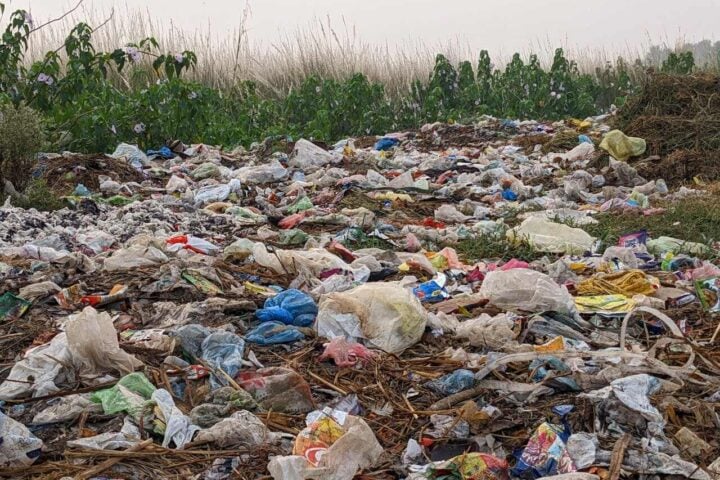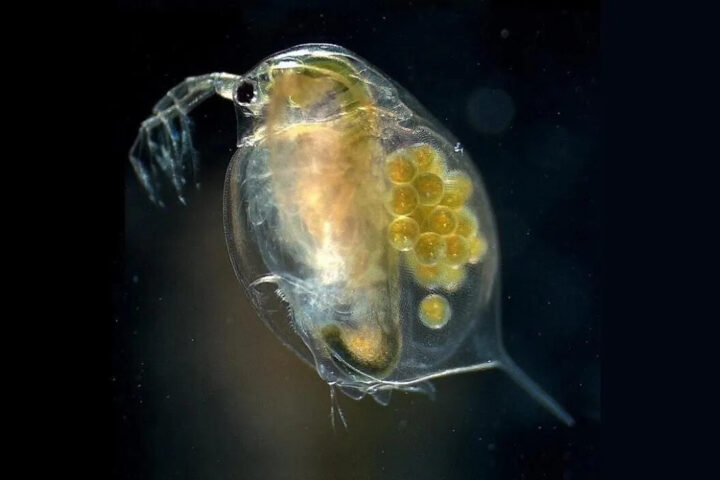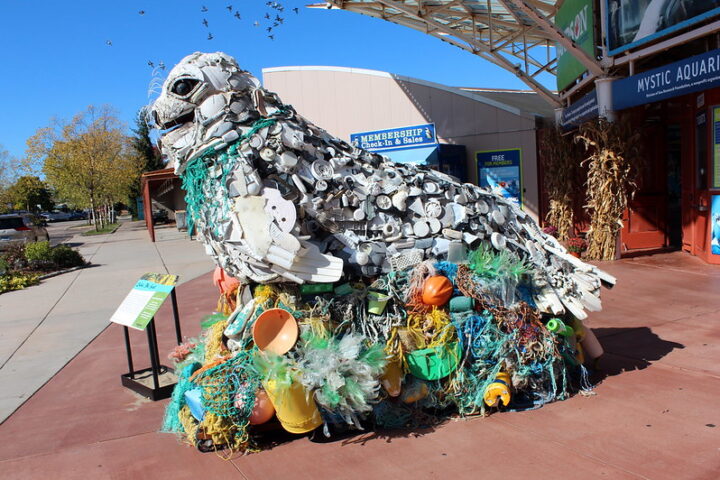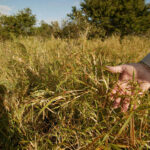Every time you pick up washing-up liquid or shampoo at the supermarket, you’re part of a larger environmental story. Recent data shows a shocking truth: of all the plastic bottles used for household items, less than half make it to recycling bins. Even worse, only 9% of the plastic ever produced has been recycled, and 19% has been incinerated.
The resulting impact of plastic on waterways and marine life is horrifying, with an estimated 12.7 million metric tons ending up in oceans each year.
The shampoo on store shelves likely contains palm oil, used to maintain hair’s natural oils. The World Wide Fund for Nature reports this ingredient drives massive deforestation, threatening orangutans and releasing stored carbon into our atmosphere.
Even sunscreen choice matters. Scientists found that 14,000 tonnes of sunscreen wash into oceans annually. Chemicals like oxybenzone and octinoxate don’t just disappear in water treatment. They flow through rivers and seas, damaging coral reefs’ ability to grow and reproduce.
Similar Posts
Those crisp packets in stores tell another story. None of the six billion of those bought yearly in UK homes—can be recycled. Their shiny packaging, combining plastic and foil, often survives decades in our oceans. However, change is coming. The British Crisp Co. has developed what they claim is Britain’s first recyclable paper crisp packet.
Some companies are stepping up. Ecover has installed over 700 refill stations across Britain. These stations allow consumers to refill existing bottles instead of buying new ones. Fairy offers similar solutions—their refill cartons can top up your bottle multiple times, cutting plastic waste significantly.
University of Leeds researchers recently uncovered a sobering fact: globally, we release more than 52 million metric tons of plastic waste into our environment each year. In Britain alone, we buy 7.7 billion plastic water bottles annually. While a large fraction of bottles get collected for recycling, that leaves three billion bottles potentially heading to landfills or our oceans.
Dr. Anna Kukkola from Birmingham University raises another concern about skincare products. Her research found nine out of ten cosmetic products contain microplastics—tiny plastic particles that eventually reach our waterways. Unlike the banned microbeads in shower gels, these skincare microplastics face no restrictions.
The evidence shows that our shopping choices affect the environment. From washing liquid to sunscreen, everyday items impact our environment. While companies develop solutions like refill stations and recyclable packaging, conscious consumer choices can make a difference.
